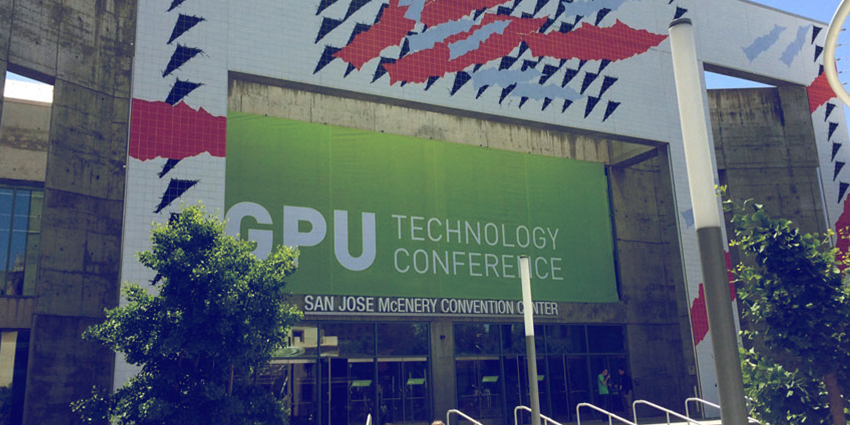If you’ve been paying attention over the last twelve months, you will have noticed that deep learning techniques and artificial intelligence (AI) are making waves in the physical security market, with manufacturers eagerly adopting these buzzwords at the industry's biggest trade shows. With all the hype, security professionals are curious to know what these terms really mean, and how these technologies can boost real-world security system performance.
The growing number of applications of deep learning technology and AI in physical security is a clear indication that these are more than a passing fad. This review of some of our most comprehensive articles on these topics shows that AI is an all-pervasive trend that the physical security industry will do well to embrace quickly. Here, we examine the opportunities that artificial intelligence presents for smart security applications, and look back at how some of the leading security companies are adapting to respond to rapidly-changing expectations:
What is deep learning technology?
 |
Machine Learning involves collecting large amounts of data related to a problem, training a model using this data and employing this model to process new data. Recently, there have been huge advances in a branch of Machine Learning called Deep Learning. This describes a family of algorithms based on neural networks. These algorithms are able to learn efficiently from example, and subsequently apply this learning to new data. Here, Zvika Ashani explains how deep learning technology can boost video surveillance systems.
Relationship between deep learning and artificial intelligence
 |
With deep learning, you can show a computer many different images and it will "learn" to distinguish the differences. This is the "training" phase. After the neural network learns about the data, it can then use "inference" to interpret new data based on what it has learned. For example, if it has seen enough cats before, the system will know when a new image is a cat. In effect, the system “learns” by looking at lots of data to achieve artificial intelligence (AI). Larry Anderson explores how new computer hardware - the Graphic Processing Unit (GPU) – is making artificial intelligence accessible to the security industry.
Improving surveillance efficiency and accuracy with AI
 |
Larry Anderson explains how the latest technologies from Neurala and Motorola will enable the addition of AI to existing products, changing an existing solution from a passive sensor to a device that is “active in its thinking.” The technology is already being added to existing Motorola body-worn-cameras to enable police officers to more efficiently search for objects or persons of interest. In surveillance applications, AI could eliminate the need for humans to do repetitive or boring work, such as look at hours of video footage.
Intelligent security systems overcome smart city surveillance challenges
 |
AI technology is expected to answer the pressing industry questions of how to use Big Data effectively and make a return on the investment in expensive storage, while maintaining (or even lowering) human capital costs. However, until recently, these expectations have been limited by factors such as a limited ability to learn, and high ongoing costs. Zvika Ashani examines how these challenges are being met and overcome, making artificial intelligence the standard in Smart City surveillance deployments.
Combining AI and robotics to enhance security operations
 |
With the abilities afforded by AI, robots can navigate any designated area autonomously to keep an eye out for suspicious behaviour or alert first responders to those who may need aid. This also means that fewer law enforcement and/or security personnel will have be pulled from surrounding areas. While drones still require a human operator to chart their flight paths, the evolution of artificial intelligence (AI) is increasing the capabilities of these machines to work autonomously, says Steve Reinharz.
Future of artificial intelligence in the security industry
 |
Contributors to SourceSecurity.com have been eager to embrace artificial intelligence and its ability to make video analytics more accurate and effective. Manufacturers predicted that deep learning technology could provide unprecedented insight into human behaviour, allowing video systems to more accurately monitor and predict crime. They also noted how cloud-based systems hold an advantage for deep learning video analytics. All in all, manufacturers are hoping that AI will provide scalable solutions across a range of vertical markets.




